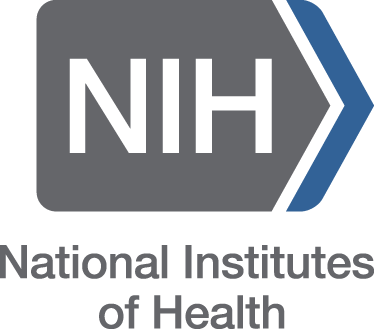Ensuring Software Quality in AI-Powered Diagnostic Tools for Medical Imaging: Bridging the Gap Between SQE, AI, and Life Sciences
DOI:
https://doi.org/10.63001/tbs.2023.v18.i02.pp163-170Keywords:
AI Tools, Diagnostic Accuracy, Software Quality, Test Automation, Clinical Outcomes, Sensitivity ImprovementAbstract
Artificial Intelligence (AI) has driven a revolutionary change in medical imaging by delivering strong support during diagnostic processes in radiological and pathological applications. Medical diagnostic tools help doctors make more accurate diagnoses of complex diseases through shortened diagnostic times. Current diagnostic systems built with artificial intelligence require strong software quality engineering (SQE) practices to remain reliable and safe. The article demonstrates how stable test automation and rigorous quality examinations produce dependable AI solutions. The research explores how strict SQE methodology combined with automatic validation systems helps reduce threats, prevents mistakes, and creates confidence within medical teams. This paper examines the development of AI processes through continuous testing and validates frameworks alongside error monitoring systems based on literature research and case study evidence. Data collection for the study relies on examining industry examples, comparative assessments with models, and data on reliability trends across different years. The integration of SQE has proven to directly improve the clinical performance levels of AI systems. This paper delivers practical developer guidelines for healthcare providers to support maximum quality standards of these vital life-saving systems.






























